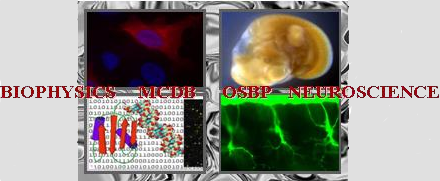Poster abstracts
Poster number 85 submitted by Samantha Powers
Gene therapy for Rett syndrome
Samantha Powers (Department of Neuroscience, Ohio State University), Carlos Miranda (Center for Gene Therapy, Nationwide Childrens Hospital), Lyndsey Braun (Center for Gene Therapy, Nationwide Childrens Hospital), Amy Huffenberger (Center for Gene Therapy, Nationwide Childrens Hospital), Kathrin Meyer (Center for Gene Therapy, Nationwide Childrens Hospital), Brian Kaspar (Center for Gene Therapy, Nationwide Childrens Hospital; Department of Neuroscience, Ohio State University)
Abstract:
Rett syndrome is a devastating and progressive neurodevelopmental autism spectrum disorder (ASD) affecting approximately 1 in 10,000 girls. Rett patients experience loss of achieved developmental milestones including speech and motor function beginning at around 12-18 months of age. Patients typically live to middle age; however, they require significant supportive measures including 24/7 care. This produces a significant emotional and financial burden on patients and families. Rett syndrome is caused by mutations in the gene encoding methyl-CpG binding protein 2 (MeCP2), a ubiquitous transcription factor with activation and repression functions for thousands of genes in the brain. Recent studies using rodent genetic models of MeCP2 demonstrated that Rett syndrome-like phenotypes, including autism-like behavior and shortened lifespan, could be ameliorated by the re-expression of MeCP2. This lead the field of Rett syndrome research to pursue research avenues to augment MeCP2 expression in Rett patients and potentially other ASD cases. Our laboratory has pioneered the field of gene therapy using adeno-associated virus (AAV) to treat neurodegenerative disorders, with current clinical trials ongoing in spinal muscular atrophy (SMA) type 1 and Batten’s disease. We are currently evaluating a gene therapy approach for Rett syndrome. We have generated an AAV serotype 9 (AAV9) vector expressing the human MeCP2 gene under the control of its endogenous promoter. When administered systemically, AAV9 has the ability to cross the blood brain barrier and transduce neurons and astrocytes. We are currently evaluating our vector to identify the proper route of delivery (systemic versus direct brain injection) and identifying the minimal effective dose. Preliminary results show good levels of expression of our vector upon a single injection. More importantly, they show a significant positive impact in Rett syndrome-like behavioral phenotypes and survival on MeCP2 knockout mice. Completion these studies will pave the way for further studies with non-human primates in order to lead our work from the bench to the bed side.
Keywords: Rett syndrome, Gene Therapy, AAV9
